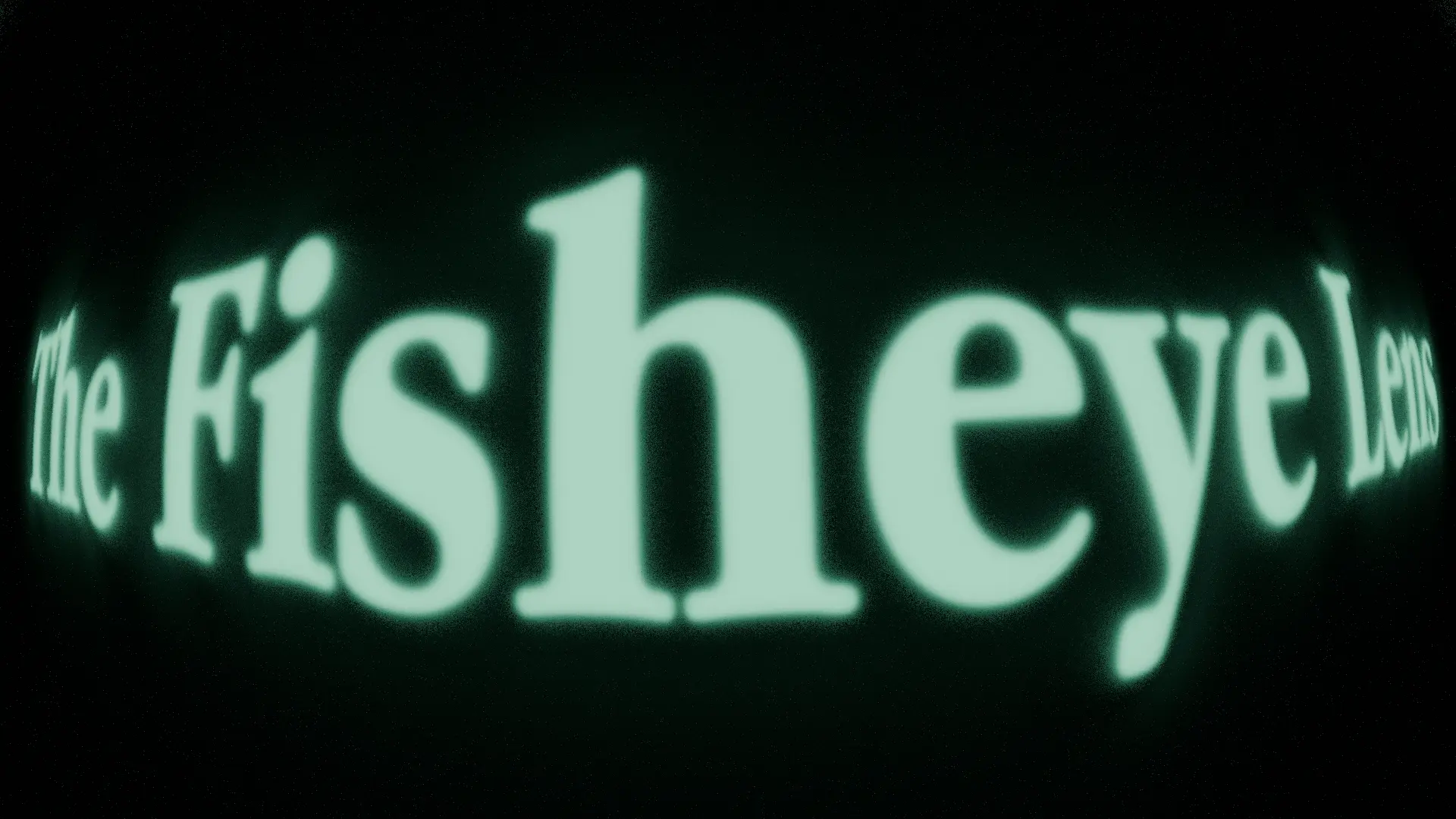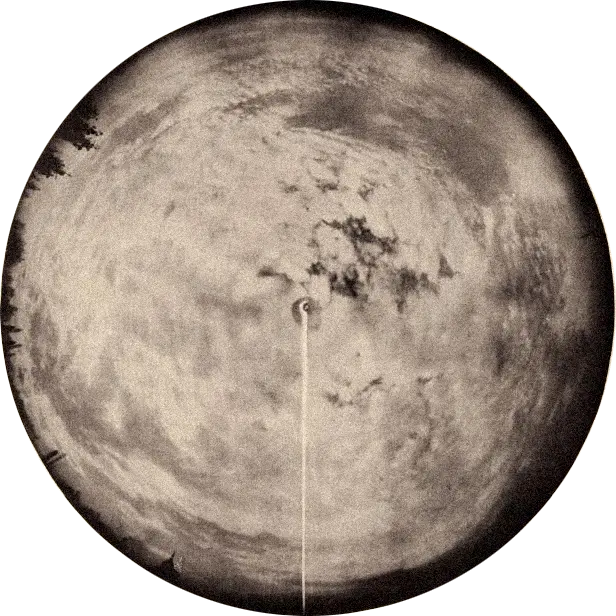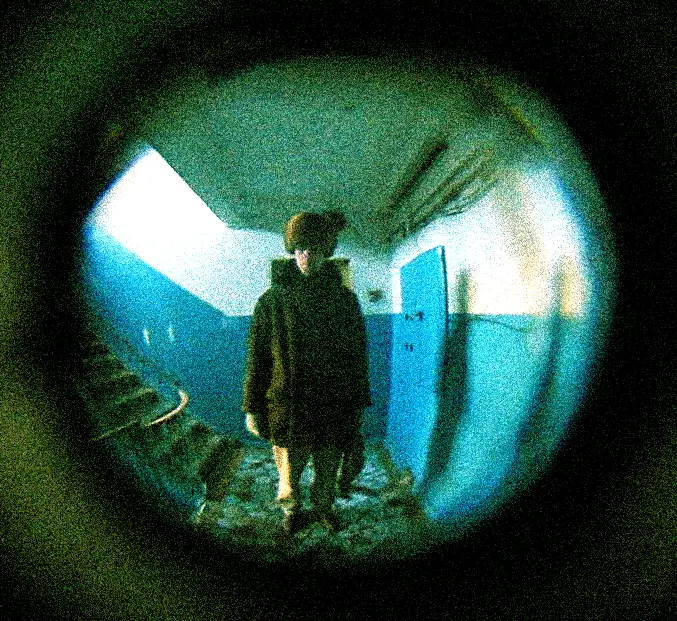
The Fisheye Lens
June 22, 2025
The fisheye lens. The all-seeing eye. It's ubiquitous and all-seeing, from security cameras to panopticons. But for me, when I think of fisheyes, I think of skateboarding. I grew up watching a lot of skate videos, so I'm a bonafide sucker for a wide-angle fisheye lens on a Sony VX1000 with a square 1:1 crop. The crop and distinct warp both create a lens distortion that is unintentionally expressionistic, and is a quick and dirty way to add perspective and mind-bending surrealism to the scene. Fisheyes perfectly represent nostalgia for me.
Jerry Hsu in Enjoi's Bag of Suck (2006)
Fisheyes get up close and personal with the subject, adding depth and dimension to the scene without sweating the minutiae. The wideness of the lens encompasses more, but also compresses and flattens the composition, and when used for the right scene, it's cinematic lo-fi. You get a richer composition with a lot more going on in the background, and anything beyond the center gets increasingly distorted, with all lines converging on the subject in the foreground. It's a clever way to frame the scene.

Photo from Wood's Pail Apparatus in 1906

Photo from whole sky camera in 1914
Fisheyes were first introduced in 1906, when physicist Robert Wood coined the term in a paper called “Fish-Eye Views, and Vision Under Water.” He wondered how a fish might see the world, which prompted his "pail apparatus" invention—a literal bucket of water containing a curved lens with a working angle of 180° that captured a full hemispherical view. And by 1914, the concept evolved into the whole-sky camera: a tool used by astronomers and stargazers to photograph the entire dome of the sky in a single shot.
One of the most common examples of a fisheye is that peephole on our doors. It's something we see every day, but most likely don't look through anymore these days—thanks to Ring cameras. Funny we found a way to digitize the peephole too. The future will be digitized.

A fisheye lens deviates from the straight lines and right angles we’re used to seeing with the naked eye, bending the scene into the confines of its curvature. It widens the scope of what one can see at once, making the entire environment visible from a single fixed point—ideal for security, surveillance, and omniscient oversight, and embodied by HAL 9000 in Kubrick’s 2001: A Space Odyssey, where the fisheye POV signifies the all-seeing nature of the machine.
Nothing can escape the fisheye gaze. HAL 9000 sees everything:
HAL 9000 in 2001: A Space Odyssey (1968)
Now let’s pivot into the more eccentric, surreal applications of the fisheye—where the fisheyes became an aesthetic that's disorienting by design. Think of Missy Elliott’s The Rain, where Hype Williams cranks the distortion to cartoonish extremes.
Missy Elliott in The Rain (1997)
Or consider the wide, warped shots in Fear and Loathing in Las Vegas, where the lens becomes a conduit for psychosis. The wobbles, the distortion, and the utter delirium. It’s not just a lens—it’s a mental state.
Reimagining Fear & Loathing in Las Vegas (1998)—with a fisheye, pixelation, and a PS1-style dither.
Bringing this style of fisheye filming over to PS1- and PS2-style graphics and animations, you get something that's quintessentially late-90s: grainy, hazy, lo-fi, and reminiscent of sci-fi.